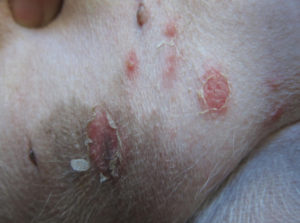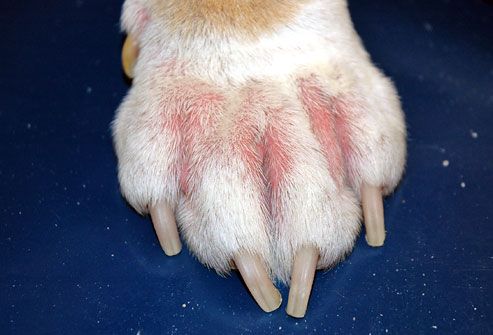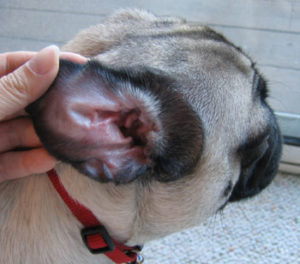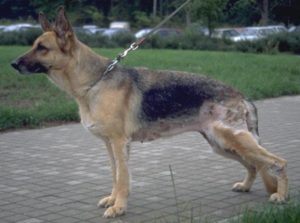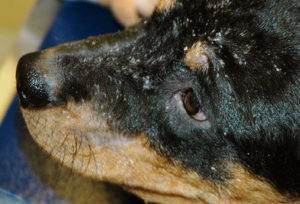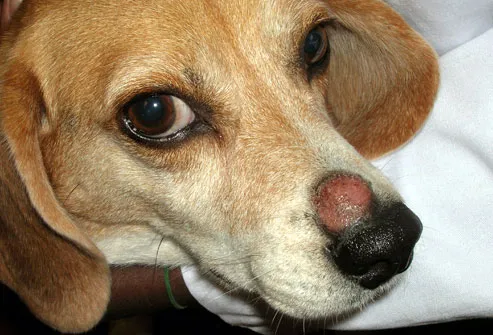The sound of a dog constantly scratching or licking can be as irritating as nails on a chalkboard. When a dog is incessantly licking, scratching, biting and chewing to the point of wounding herself, then scratching becomes a symptom of an underlying pathology. Our team at Pet Care Hospital has combined some of the most common canine skin problems.
What caused skin allergy in my dog?
a.) Allergic Dermatitis:
Dogs can have allergic reactions to grooming products, food, and environmental irritants, such as pollen or insect bites. Corticosteroids can help with itchy rashes, but the most effective treatment is to identify and avoid exposure to the allergens.
b.) Yeast Infection:
Your dog cannot stop scratching an ear or licking and chewing its toes? You must ask your veterinarian to check for a yeast infection. Canine ear infections are most commonly caused by bacteria or yeast. Ear mites, excessive hair, moisture or wax, foreign bodies, allergies, and hypothyroidism can all be contributing factors in the development of an ear infection.
c.) Dog Folliculitis:
Folliculitis is a term that refers to the inflammation of one or more hair follicles. In veterinary medicine, it's most commonly discussed as bacterial folliculitis, a condition which involves the infection of hair follicles with bacteria and is widely considered the most common kind of canine skin infection. Treatment may include oral antibiotics and antibacterial ointments or shampoos.
d.) Impetigo
In the dog, impetigo is used to describe small areas of infection found on the hairless area of the abdomen (belly). Small areas filled with pus (pustules) can be seen. Often, these pustules break and form crusts or circular areas of scaling skin. Hydrogen peroxide, chlorhexidine, or benzoyl peroxide applied twice daily will usually clear the condition. Excellent benzoyl peroxide shampoos are available to treat this condition. In severe cases, your veterinarian may prescribe antibiotics, to be given orally or topically.
